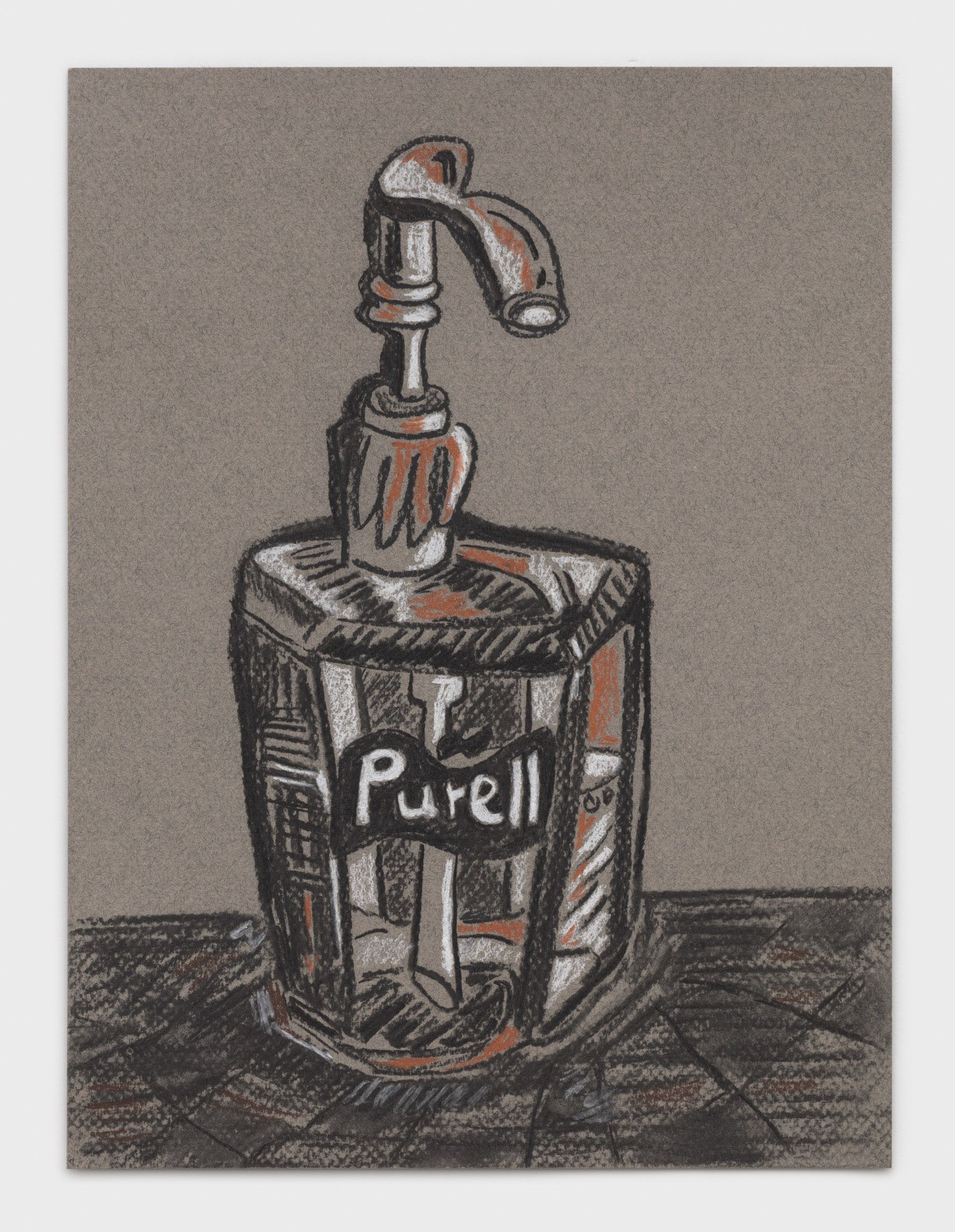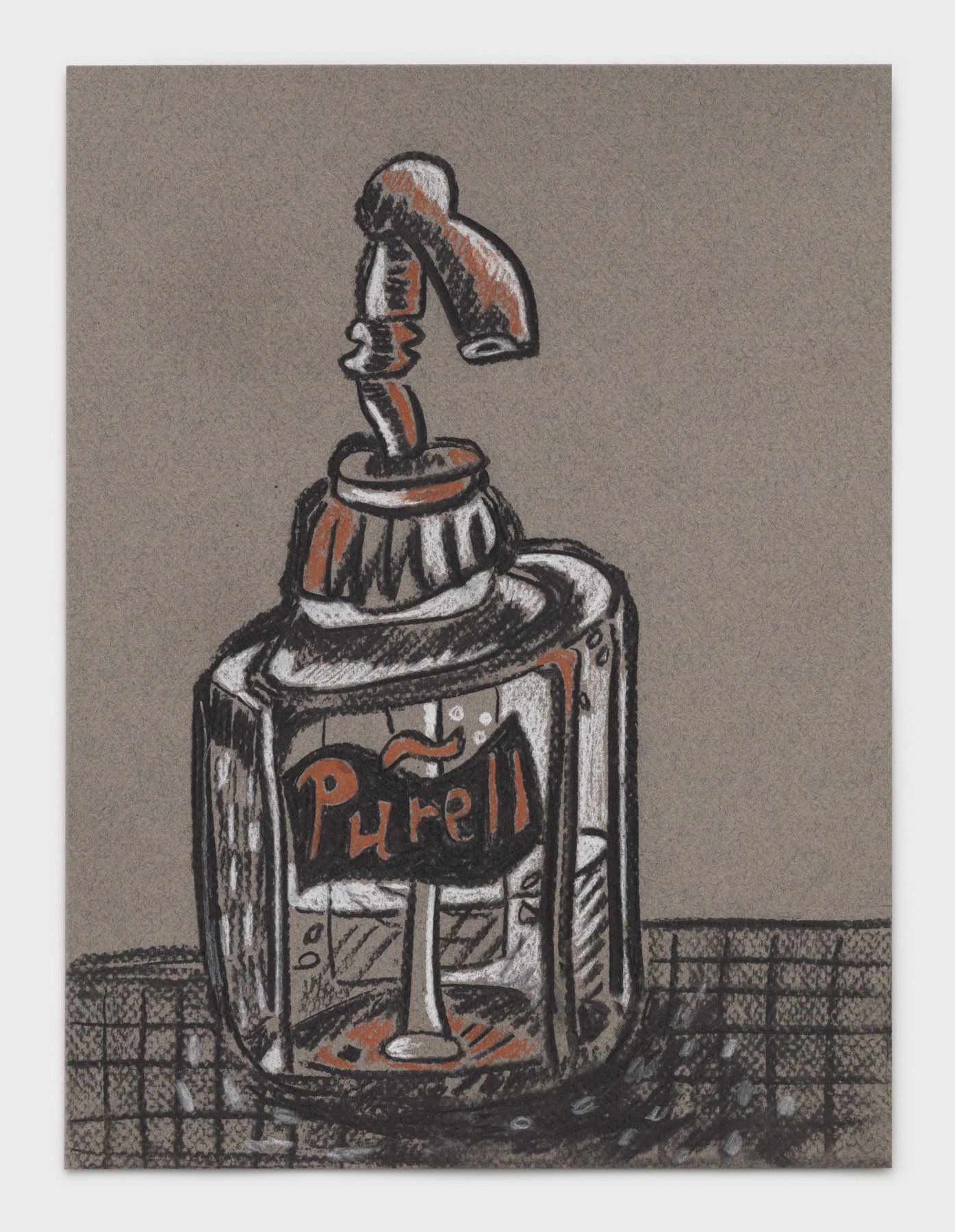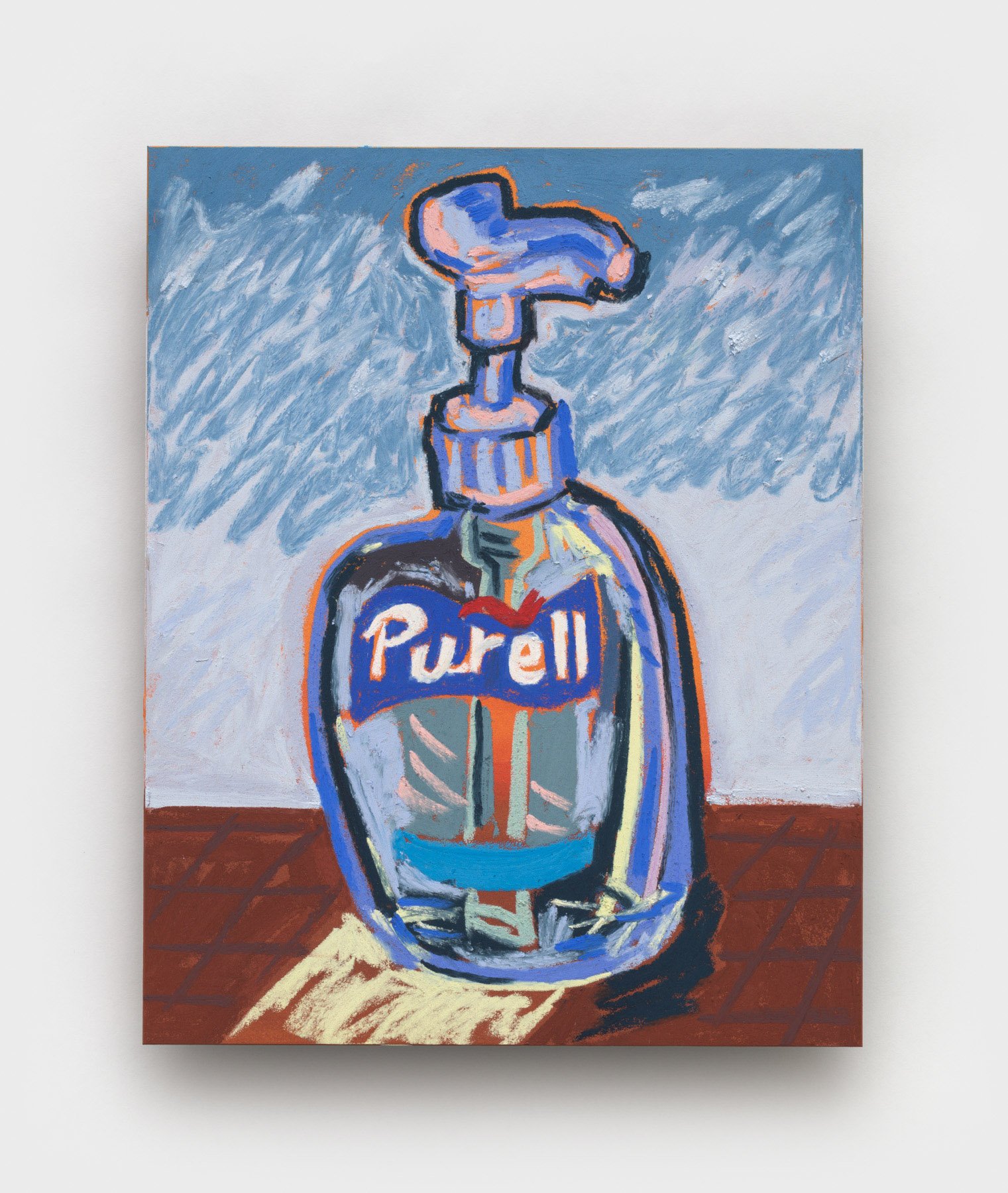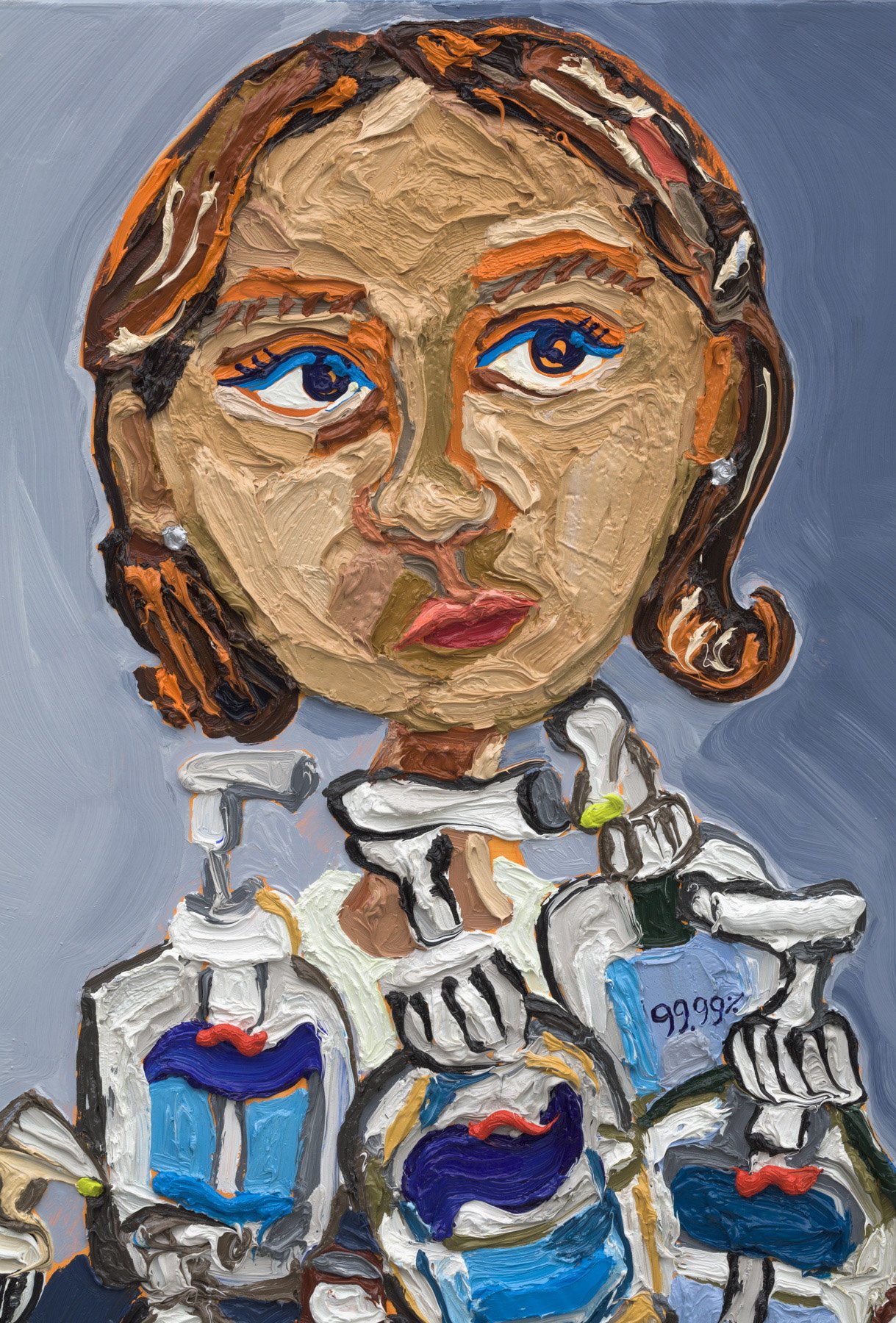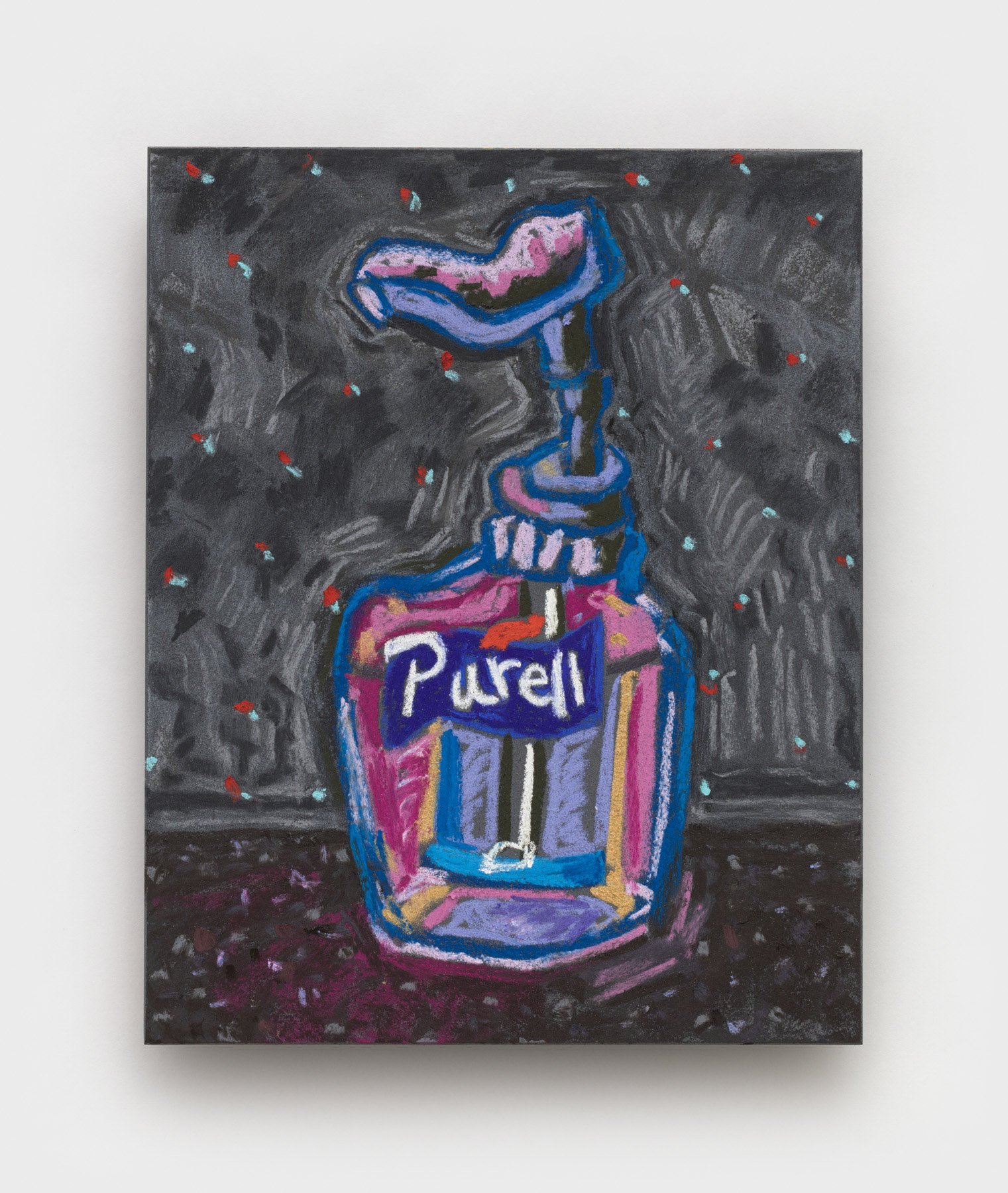An Interview With Susan Chen

Susan Chen, born in 1992 in Hong Kong, is a multifaceted artist who garnered recognition as a 2022 Forbes Under 30 North America Honoree, a 2022 Artsy Vanguard Artist, and the winner of the 2020 Hopper Prize. She holds an MFA from Columbia University and a BA from Brown University. Her work has graced the cover of New York Magazine and received coverage from The New York Times, CNN, Artsy, and others. Chen debuted her solo exhibitions, "On Longing" in New York in 2020 and "I Am Not A Virus" in Los Angeles in 2021. She currently resides in New York City. Read more about Susan Chen’s latest exhibition, Purell Night & Day, at Rachel Uffner Gallery here.
Evelyn Shi: How did you become the artist that you are today?
Susan Chen: My parents came from factory worker backgrounds, but Hong Kong was a British colony when I was growing up there, so they were pretty progressive. My mom thought, “If you can go to school abroad and have better English, you’ll have better opportunities.” So I got a scholarship to go to boarding school in the U.K.
I didn’t even think art was a viable career. We didn’t grow up with any art in the house, and there were barely any contemporary art museums in Hong Kong then. I think the first time I went to an art museum was when I was 16, and it was the National Portrait Gallery in London. When you're that age, you don't really think about the social aspect of art and why some people don't feel comfortable going to museums. Even now, I get asked whether you have to pay a fee to go to my exhibits. A lot of people don't realize going to art galleries in New York is free because that world can feel so gated.
In school, I was always at the art studio until late at night. But I had this pressure from my family, like, “Oh, we didn’t send you to school abroad so you could throw it away to do art.” So I never took it seriously. In college, I didn’t take my first painting class until junior year. It was an oil painting class. My professor would encourage me and say, “I don't understand why you're taking all these other classes you’re not passionate about.” Eventually, I decided to double-major in art.
My first job post-grad was a project manager role. It was ironic because I had dropped financial accounting four semesters in a row in college, but I was doing financial accounting every day at work. Also, my colleagues found my art website, and they were like, “I don't understand why you're here.” I was accepted to an art residency the next summer. It was six weeks long, but after that, I never went back to my old job. I worked as an artist assistant after that for a year, and it showed me that a career in art could actually be possible.
ES: What inspired you to create your latest collection, “Purell Night and Day”?
SC: I see Purell everywhere—in bathrooms or restaurants or lobbies or airplanes—even though COVID is over in the news. I think it’s fascinating that this little thing is omnipresent now, almost like a surveillance camera. I also thought there was something funny about how it’s supposed to sanitize the entire world. So we’re all mass-disinfecting humanity. There’s a dark humor there. I started with one Purell and tumbled into a rabbit hole with it.
ES: You use a lot of thick paint and a large canvas size for the collection. Is that something you’ve always stuck with or was it something new? How did you arrive at your medium?
SC: I’m really into impasto painting at the moment, which makes no sense considering inflation right now. Paint is expensive. But I really believe in going after where the art wants you to go. I kept making my paint thicker and thicker. And then I started getting piping bags and adding these different gels to them. I don’t know if this is a phase, but it’s fun.
I’m an oil painter because that’s all I know, medium wise. Oil painting comes with a long, 600-year plus history. There’s something nice about tying lineage and history into art. In the past, wealthy people or those “worthy of remembering” were usually those being captured into oil paintings. In colonial times, a lot of people got left out and erased on purpose. For me, painting with oil is kind of a reaction to that.
ES: What do you hope viewers will take away from “Purell Night and Day”?
SC: I was painting these sitters from the Asian community even before COVID started. I was genuinely interested in trying to understand, “What does it mean to be here?” as an immigrant. So much sacrifice happens in order for you to get to America. But once you get here, is it as shiny as you imagined? Once COVID hit and there was a surge in Asian hate, suddenly my work became conversationally relevant. I started feeling this market pressure, and it made me a bit nervous. I didn't want to be pigeonholed into only making a certain kind of work.
I also had a hard time thinking through the ethics of what it means to paint these strangers and sell those paintings. These paintings are going into collectors’ homes. My intentions were to honor my sitters, but at the same time, I started to wonder, “Am I profiting off these people?” I didn’t have a very good answer. But then I realized that journalists do this all the time—profiting off people’s pain by telling their stories. At the same time, these stories need to be told and documented into history. Anyway, the Purell series allowed me to take a break from all that. Purell is not a human being. It has no feelings, and that took the pressure off the art-making.
ES: How do you find your sitters, get them to come to your studio, and sit for three hours?
SC: Honestly, I’m often surprised myself! To this day, I think, “How did I con so many people into this?” For a lot of past paintings, it has been through social media, Facebook groups, or outreach to community organizations. For my Zoom series, people sat with me on the computer for three hours. I think people wanted something to do while they’re stuck at home. And there is also a sense of purpose to it.
People have suggested that I record my sessions because the conversations with my sitters are really interesting. But I never want people to feel under pressure in the studio. Sometimes I'll ask them if it's okay to share some of the things that they've said, but I think a good painting doesn't require you to say anything.
ES: Looking forward, how do you want to present yourself as an artist?
SC: If you met me in person, I probably wouldn’t come across as an activist. But I like thinking through things and questioning ideas of why society exists in a certain way. I think art is cool because writing can feel more black and white, whereas paintings are a punching bag for the gray zone. It’s hard to get mad at a painting because they’re so open to interpretation.
I don't want to be known as a woman artist or an Asian artist. I just want to be an artist. But at the same time, I’ve experienced a lot of different inequalities, and I don’t have the privilege to “just be an artist.” There’s already so much erasure of history in our textbooks, and things are taught through a very particular lens without us even realizing. So I will continue to talk about important subjects through art.


